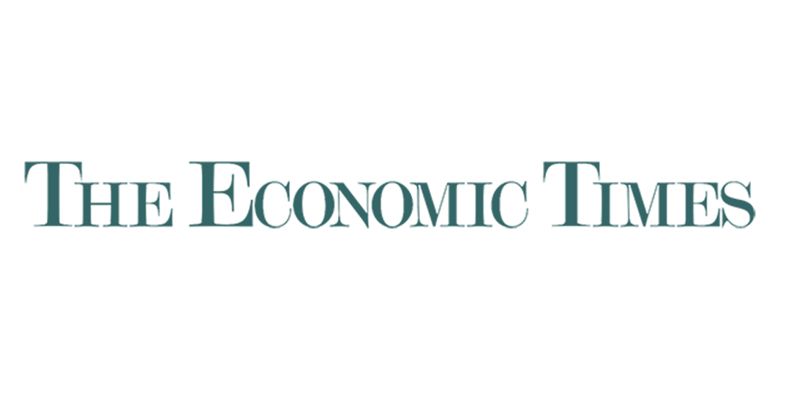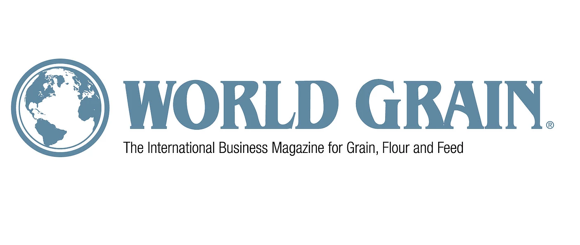Delhi: Little impact of farm fires, but that could change; late harvest likely to cause spike
“The fields being currently burned mostly belong to farmers who harvested short-duration rice varieties. The slight rise in crop fire instances could be misleading as a much higher area than last year has been harvested so far, according to reports we are getting,” said M.L.Jat, principle scientist at CIMMYT, who is tracking farm fires. Read more here.














